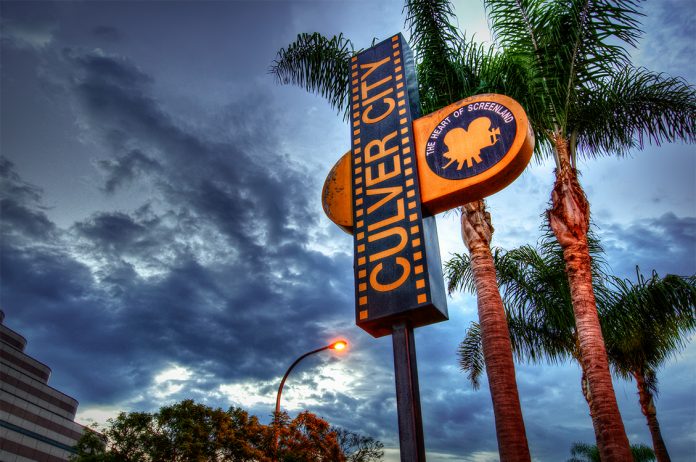Due to a number of coyote sightings in recent weeks the Culver City Police Dept. has begun tracking the animals and city officials have issued warnings about what to do if the public encounter them.
“Coyotes may come out at any time of day or night. A number of factors encourage coyotes to interact with humans including, people leaving out food for animals and the presence of unsecured refuse containers,” states an alert issued by the Culver City Animal Services. “Coyotes are wild animals. Do not entice or approach them. They are smart, fast, and will take what they can get. Cats should be kept indoors at all times. Dogs must be kept under direct supervision and restrained on a chain or leash, not exceeding 6 feet in length, while being walked in any public area.”
Culver City Lt. Sam Agaiby told public radio station KPCC two important things to remember about coyotes are not to let them associate humans with food by getting too personal with them by feeding coyotes and not to leave pet food outside.
There have been numerous sightings of coyotes west of Culver City in the Ballona Wetlands, in the bluffs of Playa del Rey and Westchester and in the lowland near Playa Vista. Coyotes were spotted last fall in Culver Crest and Lindberg Park neighborhoods and in Syd Kronenthal Park.
The police department is hosting a meeting on Jan. 21 at 7 p.m. at the El Rincòn Elementary School cafeteria to brief residents on what to do when they encounter a coyote, where the sightings have been and the best way to ensure that pets are not harmed by a coyote.
At a Nov. 18, 2014 community meeting in Playa Vista, Los Angeles Wildlife Services Officer Hoang Dinh said sightings of the animals had drastically risen that year. “Coyotes have always been around this area. This is their home,” he began, a theme that he came back to frequently throughout the meeting. “We don’t want them to get comfortable, and they will become more comfortable around us if people retreat from them.”
Loyola Marymount University Prof. Eric Strauss, who has studied coyote behavior and is in charge of the university’s Center for Urban Resilience, said residents who see coyotes as interlopers and hope that they leave urban areas soon will be disappointed. “The presence of a predator in nature is a good sign that there are more than enough resources. Otherwise, there would be no incentive for them,” Strauss said. “You have to understand that they’ve always been here and they’re going to continue to be here … and we just have to accept that.”
Residents in Culver City who see coyotes and wish to report their sightings can call (310) 253-6143 or email animal.services@culvercity.org.

